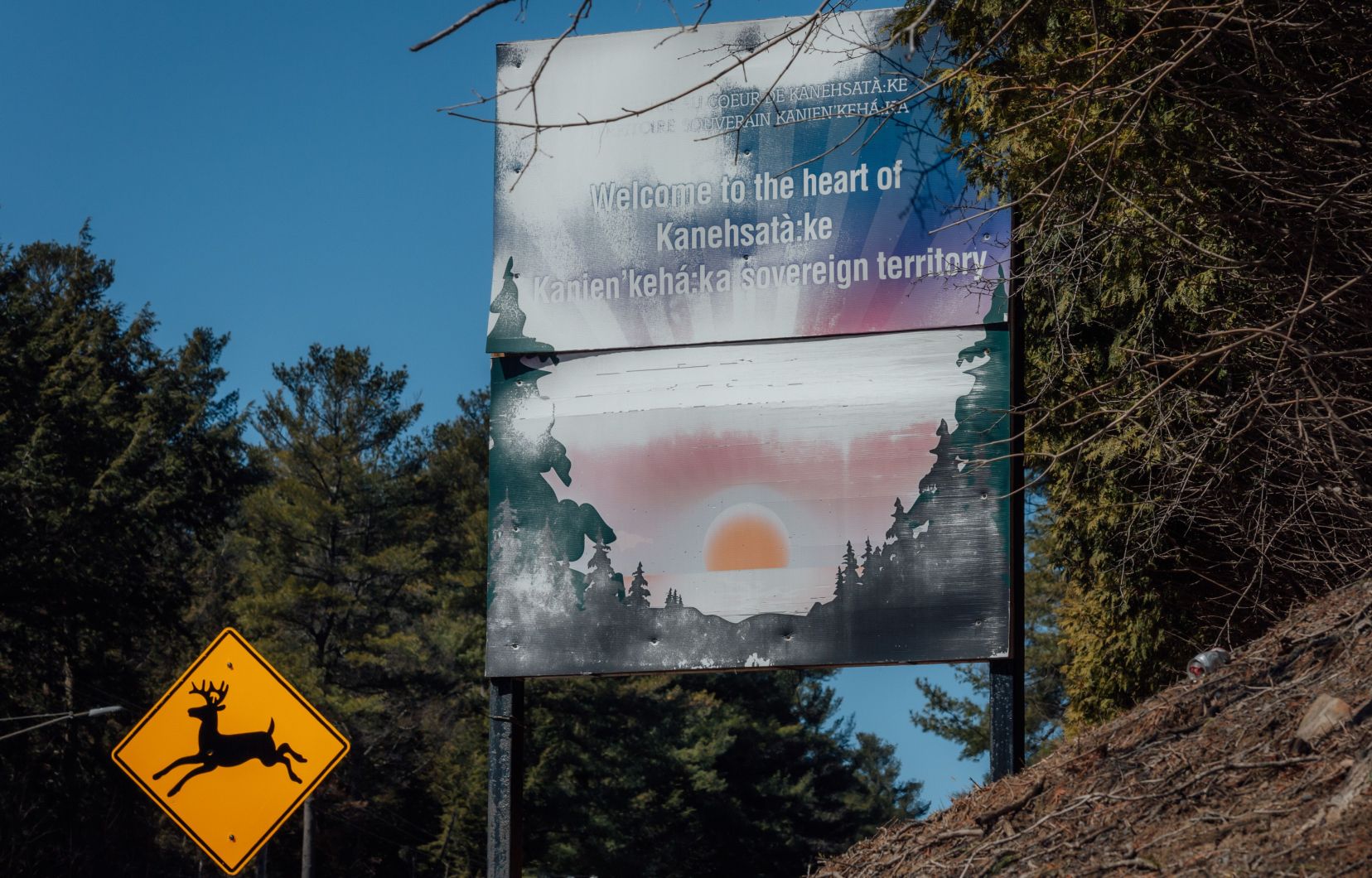The Quebec government wants to put an end to illegal dumping in the Mohawk community of Kanesatake, northwest of Montreal, after months of media coverage and calls from local leaders for authorities to take action.
On Tuesday, the Environment Ministry announced that it had begun inspecting sites and collecting soil samples along the shores of Lac des Deux-Montagnes where trucks dumped potentially contaminated soil.
Pollution in the area could affect fish habitat, and Quebec’s goal is to identify and take action against those responsible, the government said.
Fines for illegal dumping, which residents say have been going on for years, could reach $1 million for an individual and $6 million for a business.
“I hope these companies will feel that and that will stop them from dumping and destroying our community,” Kanesatake Mohawk Council Grand Chief Victor Bonspille said in an interview. “We’ve been asking the federal and provincial governments for four years now to take control of these illegal dumpings in our community.”
In recent months, media attention has focused on companies shipping truckloads of soil from construction sites around Montreal to unauthorized dumpsites in Kanesatake, often right next to the shore.
Mr. Bonspille said some community members have accepted money in exchange for storing soil on their property, often because they are in financial difficulty.
He added that it was cheaper for companies to dump the soil in Kanesatake than to treat it properly. “They drive hours just to come dump their illegal substance rather than bring it to a proper facility,” he said.
Since the issue first hit the headlines, Bonspille said, truck traffic in the area has dropped dramatically, by up to 70 per cent. But he’s frustrated that it took the government so long to act and believes the investigation is only happening now because non-Indigenous leaders in the nearby village of Oka have begun to speak out.
“It took me four years of complaining and writing letters to the province and federal ministers on behalf of my office and members of my community who are fed up with this situation,” he said. “It’s unfortunate that it fell on deaf ears.”
Frédéric Fournier, a spokesperson for the Ministry of the Environment, said the government began looking into the issue after receiving reports from community members last fall.
The fear of a sword in the water
Oka Mayor Pascal Quevillon testified that there were still about 10 trucks an hour driving through Kanesatake lands. Since the increased media attention, he said, many of them no longer have identification markers, making it impossible to know which company they belong to.
Truck traffic continued Tuesday morning, even as the government operation was underway, Quevillon said. He fears the investigation will not yield results and the province will not be able to prove which companies are responsible for the dumping of contaminated waste.
“There are so many companies that come and dump their waste here that it will be impossible to know who dumped their waste at a specific location,” he lamented.
Mr. Quevillon fears there will be no “concrete results” until the different levels of government take responsibility for the problem, which he compared to a legal “no man’s land.”
Bonspille said he hopes federal and provincial government officials will sit down with Kanesatake leaders and come up with a long-term solution. The Mohawk community does not have the resources to solve the problem alone, he said.
